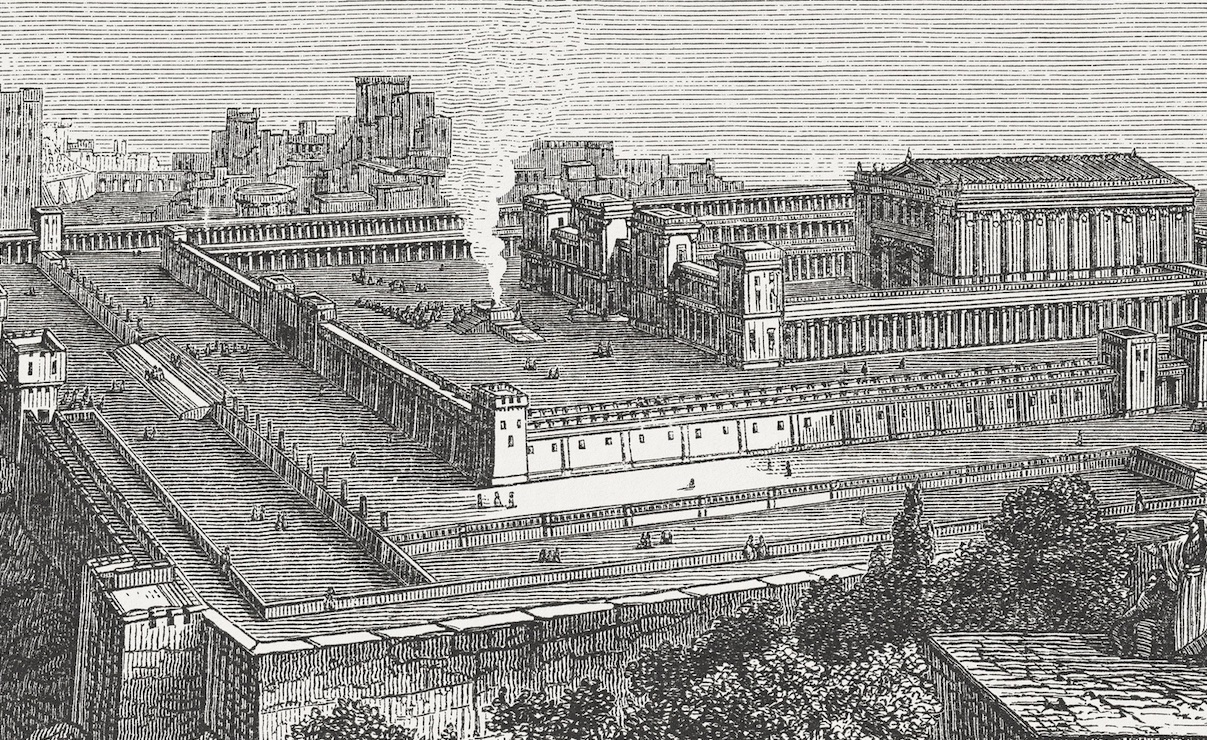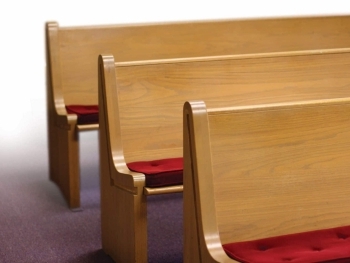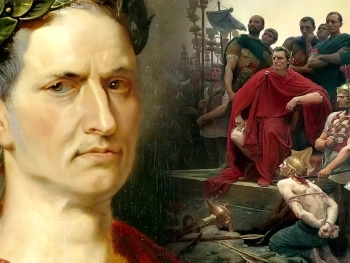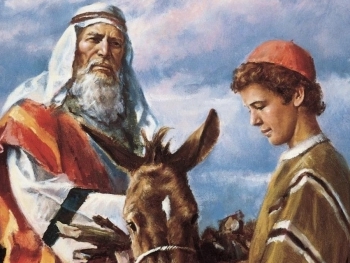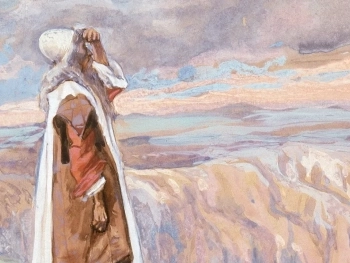In the grand tapestry of Solomon's Temple, one sacred space stands out as the epitome of holiness and divine presence—the Holy of Holies. This innermost sanctuary, veiled in mystery and adorned with symbolism, held the Ark of the Covenant and served as the dwelling place of God. This article delves into the significance, design, and spiritual implications of the Holy of Holies within the context of Solomon's Temple.
Biblical Origins and Significance: The concept of the Holy of Holies finds its roots in the tabernacle constructed during the Israelites' wilderness wanderings, as described in the book of Exodus. However, it is in Solomon's Temple, a magnificent structure built in Jerusalem, that the Holy of Holies attains its fullest expression.
The Holy of Holies was a cube-shaped inner chamber, measuring twenty cubits in length, width, and height. It was separated from the Holy Place by a veil, a thick curtain intricately woven with blue, purple, and scarlet yarn and adorned with cherubim. This veil served as a symbolic barrier, signifying the separation between the sacred and the common.
The Ark of the Covenant: Central to the Holy of Holies was the Ark of the Covenant, a sacred chest containing the stone tablets inscribed with the Ten Commandments. The Ark represented the tangible presence of God among His people. The Mercy Seat, with two golden cherubim facing each other, served as the cover for the Ark and became the focal point of divine communication and atonement.
Theological Implications:
- Dwelling Place of God: The Holy of Holies symbolized God's dwelling place among His people. The construction of this inner sanctuary reflected the divine desire to reside in the midst of the Israelites and establish a covenantal relationship.
- The Veil and Separation: The veil separating the Holy of Holies from the Holy Place underscored the holiness of God and the need for a mediated approach. Only the high priest, once a year on the Day of Atonement, could enter the Holy of Holies to make atonement for the sins of the people.
- Atonement and Mercy Seat: The Mercy Seat, positioned atop the Ark of the Covenant, represented the place where atonement for sins occurred. It signified God's mercy and forgiveness, as the high priest sprinkled blood on the Mercy Seat as a symbol of purification and reconciliation.
- Foreshadowing Christ: The Holy of Holies and its rituals foreshadowed Christ's role as the ultimate high priest. The tearing of the veil in the temple at the moment of Jesus' death (Matthew 27:51) symbolized the direct access believers now have to God through the sacrificial work of Christ.
Spiritual Reflections:
- Access to God: The Holy of Holies serves as a powerful reminder of the sacred journey from separation to access. Through the work of Christ, believers have direct access to God's presence, unencumbered by veils or rituals.
- God's Immanence and Transcendence: The Holy of Holies encapsulates the tension between God's immanence—His nearness to His people—and His transcendence—His existence beyond the material world. It challenges believers to hold in tension the familiarity and awe of God's presence.
- Reverence and Worship: The reverence associated with the Holy of Holies calls believers to approach God with humility and awe. It underscores the sacred nature of worship and the importance of recognizing the holiness of the One we worship.
The Holy of Holies in Solomon's Temple stands as a symbol of divine presence, holiness, and the covenantal relationship between God and His people. Its design, rituals, and theological implications provide a profound lens through which believers can reflect on the transformative nature of God's redemptive plan. As the sacred space where God's presence dwelled, the Holy of Holies serves as a timeless reminder of the access believers now have to the divine, thanks to the work of Christ, who tore down the veils that once separated humanity from God's presence.
